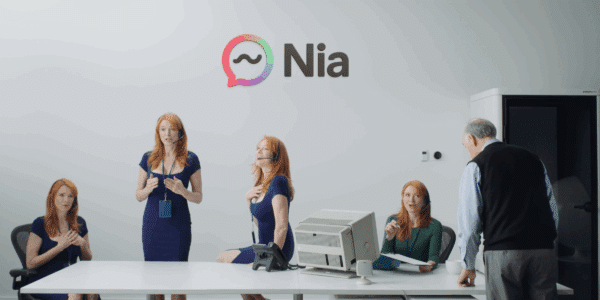
A Guide to Telehealth CPT Codes in 2020
In March of 2020 in response to COVID-19, CMS and the White House announced the loosening of regulations around HIPAA and telemedicine codes for 2020, as well as telehealth reimbursement. We will update this article as more news is released.
Telemedicine Codes 2020 post COVID-19
On March 17th, Seema Verma announced broad changes to medicare reimbursements for telemedicine visits. Here are some of the latest changes to telemedicine codes 2020.
- Law went into effect on March 5th, 2020
- Don’t bill until post
- Practices can use a HIPAA compliant telehealth platform
- Carriers are being told to pay visits at the same rate for office visit. E/M codes (99213-99215) with Place of service 2
- with Modifier 95 or GT where applicable
- 95 for commercial carriers
- with Modifier 95 or GT where applicable
- There is a temporary lift on the requirement to use HIPAA compliant telehealth platforms and texting solutions.
Codes pre COVID-19
- No set standard for private health carriers
- Most carriers will follow CMS but some State-level guidelines do apply
- Find state guidelines here: https://www.ncsl.org/research/health/state-coverage-for-telehealth-services.aspx
- Telemedicine code limitations included:
- Rural only
- Special situations
- Face-to-Face/Use of video required
- Billed as normal office visit E/M codes (99213-99215) with Place of Service 2
- with Modifier 95 or GT where applicable
- 95 for commercial carriers
- Some states require GT modifier
- with Modifier 95 or GT where applicable
- Self-pay patients can decide how to receive care. They can choose whether or not they use a HIPAA compliant telehealth platform.
- Requires the rending provider to be: Physicians, NPs, PAs, nurse-midwives, clinical nurse specialists, certified registered nurse anesthetists, clinical psychologists, clinical social workers, and registered dietitians or nutritional professionals.
Remote Patient Monitoring Telemedicine Codes
What are Remote Patient Monitoring (RPM) Services?
While Medicare has been offering reimbursement for the “collection and interpretation of physiologic data (e.g., ECG, blood pressure, glucose monitoring, etc.) since the beginning of 2018, CPT code 99453, CPT code 99454 and CPT code 99457 were created to monitor and manage patient care needs and better support current RPM services
What are the New Remote Patient Monitoring codes?
CPT code 99453: “Remote monitoring of physiologic parameter(s) (eg, weight, blood pressure, pulse oximetry, respiratory flow rate), initial; set-up and patient education on use of equipment.”
CPT code 99454: “Remote monitoring of physiologic parameter(s) (eg, weight, blood pressure, pulse oximetry, respiratory flow rate), initial; device(s) supply with daily recording(s) or programmed alert(s) transmission, each 30 days.”
CPT code 99457: “Remote physiologic monitoring treatment management services, 20 minutes or more of clinical staff/physician/other qualified healthcare professional time in a calendar month requiring interactive communication with the patient/caregiver during the month.”*
Which technologies qualify for use with the new telehealth codes?
CMS has not specified but has indicated that they will issue guidance at a later time.
Do patients have to consent to receive RPM services?
Providers must obtain and document patients’ consent in the patients’ medical record.
Is telehealth reimbursement available for setting up RPM devices and educating patients?
Part of CPT 99452 includes reimbursement for setting up equipment and educating patients in the use of the equipment.
Are there any regional or location requirements to be eligible for RPM reimbursement?
Medicare does not consider Remote Patient Monitoring a telehealth service. Patients can receive reimbursable RPM services at home and such services are not limited to patients in rural areas.
Is a Face-to-Face Exam or Interactive Audio-Video required for Billing RPM?
Generally, no. Although, if the patient is new or has not seen the practice for one year prior, billing RPM requires a face-to-face encounter (e.g., an annual wellness visit).
Will Billing RPM Services interfere with Billing for Chronic Care Management (CCM)?
Although double counting is not permitted, providers can bill both CPT 99457 and CPT 99490 in the same period.
Conclusion
Hospitals and physicians should take the time now to understand the financial implications of these new telemedicine codes 2020 and evaluate the potential for telehealth reimbursement opportunities for delivering Remote Patient Monitoring services. Practices should consider these services as part of population health, chronic care, and care coordination initiatives and view them as an opportunity to further engage patients outside of traditional care settings.
Earlier this year, we posted an article outlining the original understanding of the proposal, which can be found here.

